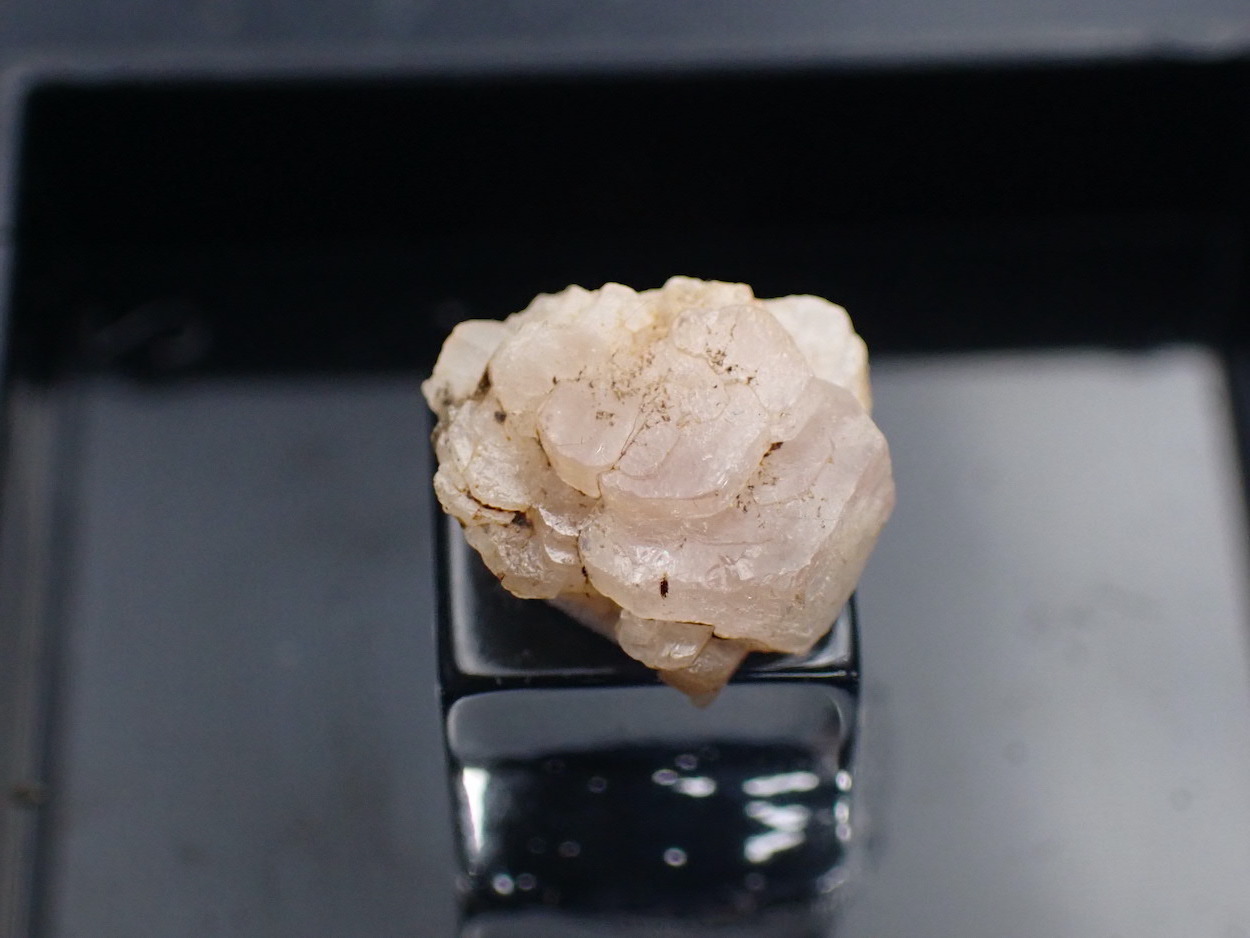
What is Zektzerite? Zektzerite is a rare mineral that captures the interest of geologists and collectors alike. Named after the mineralogist Joseph Zektzer, it was first discovered in Washington State, USA. This mineral is known for its unique crystal structure and striking appearance, often showcasing a pinkish hue. Zektzerite belongs to the silicate family and is composed of lithium, sodium, zirconium, and silicon. Its rarity makes it a sought-after specimen for mineral enthusiasts. But what makes Zektzerite truly fascinating? From its formation process to its unique properties, there’s a lot to uncover. Let’s dive into 30 intriguing facts about this captivating mineral.
Key Takeaways:
- Zektzerite is a rare and fascinating mineral with unique properties, making it a valuable subject for geological research and a prized addition to mineral collections.
- Named after Jack Zektzer, this mineral has historical significance and is often mispronounced. Its pale pink color and association with rare minerals add to its allure.
What is Zektzerite?
Zektzerite is a rare mineral that captures the interest of geologists and collectors alike. Its unique properties and fascinating history make it a subject worth exploring. Here are some intriguing facts about this mineral.
-
Zektzerite is named after the American mineralogist Jack Zektzer, who first discovered it.
-
It was officially recognized as a new mineral species in 1976.
-
The mineral's chemical formula is LiNaZrSi6O15.
-
Zektzerite belongs to the silicate mineral class.
-
It forms in the orthorhombic crystal system, which means its crystals are shaped like elongated rectangles.
Where is Zektzerite Found?
Zektzerite is not commonly found worldwide. Its rarity adds to its allure among mineral enthusiasts.
-
The primary location for Zektzerite is the Golden Horn Batholith in Washington State, USA.
-
It has also been found in the Kola Peninsula in Russia.
-
Small quantities have been discovered in the Ilimaussaq complex in Greenland.
-
The mineral typically forms in alkaline igneous rocks.
-
Zektzerite is often associated with other rare minerals like eudialyte and catapleiite.
Unique Properties of Zektzerite
Zektzerite's distinct characteristics make it stand out among other minerals. These properties are not only scientifically interesting but also visually appealing.
-
It has a hardness of 6 on the Mohs scale, making it relatively hard.
-
The mineral exhibits a vitreous luster, giving it a glass-like appearance.
-
Zektzerite is usually colorless or pale pink, but it can also appear in shades of yellow or brown.
-
It has a specific gravity of 2.8, which is considered average for minerals.
-
The mineral is transparent to translucent, allowing light to pass through it.
Uses and Applications of Zektzerite
While Zektzerite is primarily a collector's item, it has some practical applications as well.
-
It is often used in geological research to study alkaline igneous rocks.
-
Some gem enthusiasts cut Zektzerite into faceted stones for jewelry, although this is rare due to its scarcity.
-
The mineral's unique properties make it a subject of interest in crystallography studies.
-
Zektzerite can be used as a reference material in laboratories for identifying similar minerals.
-
Its aesthetic appeal makes it a popular specimen in mineral collections.
Interesting Historical Facts
The history of Zektzerite is filled with fascinating anecdotes and milestones that highlight its significance in the world of mineralogy.
-
The first specimen of Zektzerite was discovered in 1966, but it took a decade for it to be recognized as a new mineral.
-
Jack Zektzer, after whom the mineral is named, was a prominent figure in the field of mineralogy.
-
The Golden Horn Batholith, where Zektzerite was first found, is a well-known geological site for rare minerals.
-
Zektzerite's discovery helped scientists better understand the formation of alkaline igneous rocks.
-
The mineral has been featured in several scientific journals and publications.
Fun Facts About Zektzerite
Beyond its scientific and historical significance, Zektzerite has some fun and quirky aspects that make it even more interesting.
-
Some collectors refer to Zektzerite as "Zektz" for short.
-
The mineral's name is often mispronounced; the correct pronunciation is "ZEK-tzer-ite."
-
Zektzerite's pale pink color is sometimes mistaken for rose quartz.
-
It is one of the few minerals that contain both lithium and zirconium.
-
Despite its rarity, Zektzerite has a dedicated following among mineral collectors.
Zektzerite's Unique Charm
Zektzerite, a rare mineral, holds a special place in the world of geology. Its distinctive pinkish hue and crystal structure make it a sought-after specimen for collectors and researchers alike. Found primarily in the Golden Horn Batholith of Washington State, this mineral's unique formation process adds to its allure.
Beyond its beauty, zektzerite provides valuable insights into igneous rock formation and geological history. Its presence helps scientists understand the thermal and chemical conditions of the Earth's crust during its formation. This mineral isn't just a pretty face; it's a key player in unraveling Earth's past.
Whether you're a geology enthusiast or just curious about the natural world, zektzerite offers a fascinating glimpse into the planet's inner workings. Next time you come across this rare gem, you'll appreciate the rich history and scientific significance it carries.
Frequently Asked Questions
Was this page helpful?
Our commitment to delivering trustworthy and engaging content is at the heart of what we do. Each fact on our site is contributed by real users like you, bringing a wealth of diverse insights and information. To ensure the highest standards of accuracy and reliability, our dedicated editors meticulously review each submission. This process guarantees that the facts we share are not only fascinating but also credible. Trust in our commitment to quality and authenticity as you explore and learn with us.


